Scuba Diving Vacation: 10 Essential Items
Disclosure: This post may contain affiliate links, which means that DIVEMONDO may receive a small commission if you make a purchase using these links. As an Amazon Associate this website earn from qualifying purchases.
When it comes to packing and planning for your next scuba diving vacation, there’s not too much that’s different from a regular vacation. You’re going to need ample and appropriate clothing, toiletries, passport, and proof of any reservations already made, but there are a few other items that you can pack to ensure you have a relaxed and enjoyable scuba diving vacation. As divers, we all accumulate a selection of accouterments that we like to have with us underwater, and remembering to pack them all will help you enjoy your vacation dives to the max.
The problem with packing for a scuba diving vacation is that you will likely find that you have a baggage allowance, and exceeding this can often prove expensive. While we all like to dive in our own equipment, often times it’s not practical to schlep it halfway across the world. So for the purpose of this article, we’re going to ignore the larger pieces of equipment, such as BCDs and regulators. Instead, we will concentrate on the smaller, easier-to-forget items that can make a big difference to the enjoyment we get from our scuba diving vacation.
1. Mask & Snorkel
[content-egg-block template=offers_list next=1]
The mask is one of the smaller pieces of dive equipment, yet it arguably has the biggest effect on your underwater comfort levels. While it’s true that the dive center will have a selection of rental masks available, there’s no guarantee that they will fit your face as well as your own mask. Plus, how many other people have already spat into those rental masks?
Packing your own mask will go a long way toward ensuring that you will be comfortable underwater on your scuba diving vacation. Diving with a rental mask may mean that you are constantly clearing your mask underwater, and this will detract from your enjoyment and comfort levels underwater. A mask doesn’t contribute much to the overall weight of your baggage, but you need to pack it carefully—inside its protective box is ideal.
A snorkel will also not add much weight to your luggage, nor will it take up much space. If you have your own mask and snorkel with you, you can also go for a snorkel from the beach at any time during your vacation.
2. Dive Computer
[content-egg-block template=offers_list next=1]
Another small-yet-essential piece of equipment. If you have a dive computer that doubles as an everyday watch, there’s no excuse not to take it with you. Diving with a familiar dive computer also helps make your dives more relaxed. Dive centers will have a limited number of dive computers available for rental, but if you have your own, it’s much more convenient to take it with you.
It’s a good idea to check the battery levels in advance of your trip, especially if you have a model that requires sending away for a battery change. If you have a dive computer that allows the user to change the battery, take a spare battery or two with you, just in case.
3. DSMB/SMB
Surface signaling devices are an essential piece of safety equipment, and having a safety sausage in your BCD pocket is an easy way to ensure peace of mind when diving. Depending on where you are planning to go on your next scuba diving vacation, you may also consider taking a reel. While a safety sausage alone takes up very little space and weight in your baggage, a reel can add a little more weight.
If you are going to be diving in areas with strong currents or on dive sites that are far from shore, having a SMB in your pocket is a very good idea. And if you are comfortable sending up a dSMB on a line, you should also pack your reel or spool. For areas with easy conditions and not-so-strong currents, having an SMB is a great way of being able to signal the boat should you surface a little farther away than you intended.
For strong current areas, being able to send up a safety sausage from depth will enable you to alert the boat earlier should you find yourself drifting off the site toward the end of your dive.
4. Save-A-Dive Kit
A simple save-a-dive kit can do exactly what it says on the tin: save a dive. While it’s very true that any decent dive boat will have spares on board, you can’t always guarantee that they will have exactly what you need. Different manufacturers sometimes use different-sized o-rings, for example. Having a spare set of the o-rings that fit your equipment will ensure that you don’t miss out on any dives.
Your save-a-dive kit should include o-rings, mask straps, batteries, fin straps, mouthpieces, a dive tool, cable ties, and silicone grease. If you are a photographer, you may also want to ensure you have spare o-rings for your camera setup, spare batteries, and spare memory cards too.
5. Logbook
[content-egg-block template=offers_grid limit=3 offset=2]
Not only will you want to add to your logbook on your trip, you may need to show it as proof of experience before diving too. Whether you log your dives digitally or in a physical logbook, make sure you have something to show the dive center when you arrive. Being able to show your experience will help the dive center arrange the dive groups so that you are in a group with divers of a similar experience level.
Some locations have dive sites that can be quite challenging and may require divers to show proof of a certain number of dives before allowing them to sign up for that dive site. Depending on what information you enter into your logbook, it can also be useful for remembering how much weight you need.
6. Camera
If you dive with a camera setup, you will probably want to take that with you on your next scuba diving vacation. When diving with a camera, it’s very important that you have all the necessary parts of your setup, including chargers. There’s nothing more frustrating for photographers than finding they are missing an o-ring or a memory card as they are setting up on the boat for the first dive. In this situation, when the camera is left on the boat, you can pretty much guarantee a whale shark will turn up during the dive, though.
Ensure you have spares for your setup too: batteries, o-rings, memory cards, silicone grease, sync cables, etc. If you are diving in a remote area, it may be that you will not be able to buy any spares should you need them, especially if you are heading out on a liveaboard.
7. Marine Life ID Books
If you are diving in an unfamiliar location with unfamiliar marine life, a good marine life identification guide for that area is a great item to pack. If you are going to be encountering unfamiliar critters underwater, a good marine life identification book will help you know what you were looking at. While you can always ask your guide, being able to find the information yourself is very useful, especially for those who like to fill out their logbooks over a post-dive gin and tonic back at the resort.
8. Reef-Safe Sunscreen
[content-egg-block template=offers_list limit=1 offset=5]
Not only should you protect yourself from the sun’s rays, but you should also look to protect the reef too. Many sunscreens contain chemicals that can be harmful to corals and the marine environment, and some countries have banned such products. Thailand, for example, has banned coral-damaging sunscreens from its marine parks, with those containing oxybenzone, octinoxate, 4-methylbenzylidene camphor, or butylparaben being targeted.
Check your sunscreen’s contents and make sure you have one that will not damage the sensitive marine environment. If you are interested in being an eco-friendly diver, check our “8 Ways to Be a Better, Eco-Conscious Diver” post.
9. Plug Adapter
[content-egg-block template=offers_list limit=1 offset=6]
We’ve all gone on vacation, and upon arrival at our hotel, we notice that our phones need recharging, only to discover that the country we are now in uses different style plugs. Cue a quick dash to the local convenience store to see if they have one that will fit our devices.
Getting yourself a good travel adapter in advance will solve that issue. If you are traveling with your camera setup and laptop too, consider buying a couple of travel adapters for your scuba diving vacation, so you can charge multiple devices at the same time.
10. Paperwork
As with any other vacation, you will need to ensure your documentation is in order before traveling. Make sure you have at least six months’ validity on your passport and that you still have a few blank pages for any immigration stamps.
If you are traveling to a distant country, make sure you comply with the visa requirements for that country too. If you need to apply for a visa in advance, make sure this is done well in advance of your departure date.
Ensure you have adequate travel and dive insurance too. And don’t forget your certification cards, including the Nitrox one. Many agencies have this information online or in their apps nowadays, and should you forget to pack yours, they can often look up your certification history online. However, it is always easier to have your cards or digital cards on hand to show when asked.
Check our post on The Best Travel Scuba Gear.
Disclosure: This post may contain affiliate links, which means that DIVEMONDO may receive a small commission if you make a purchase using these links. As an Amazon Associate this website earn from qualifying purchases.


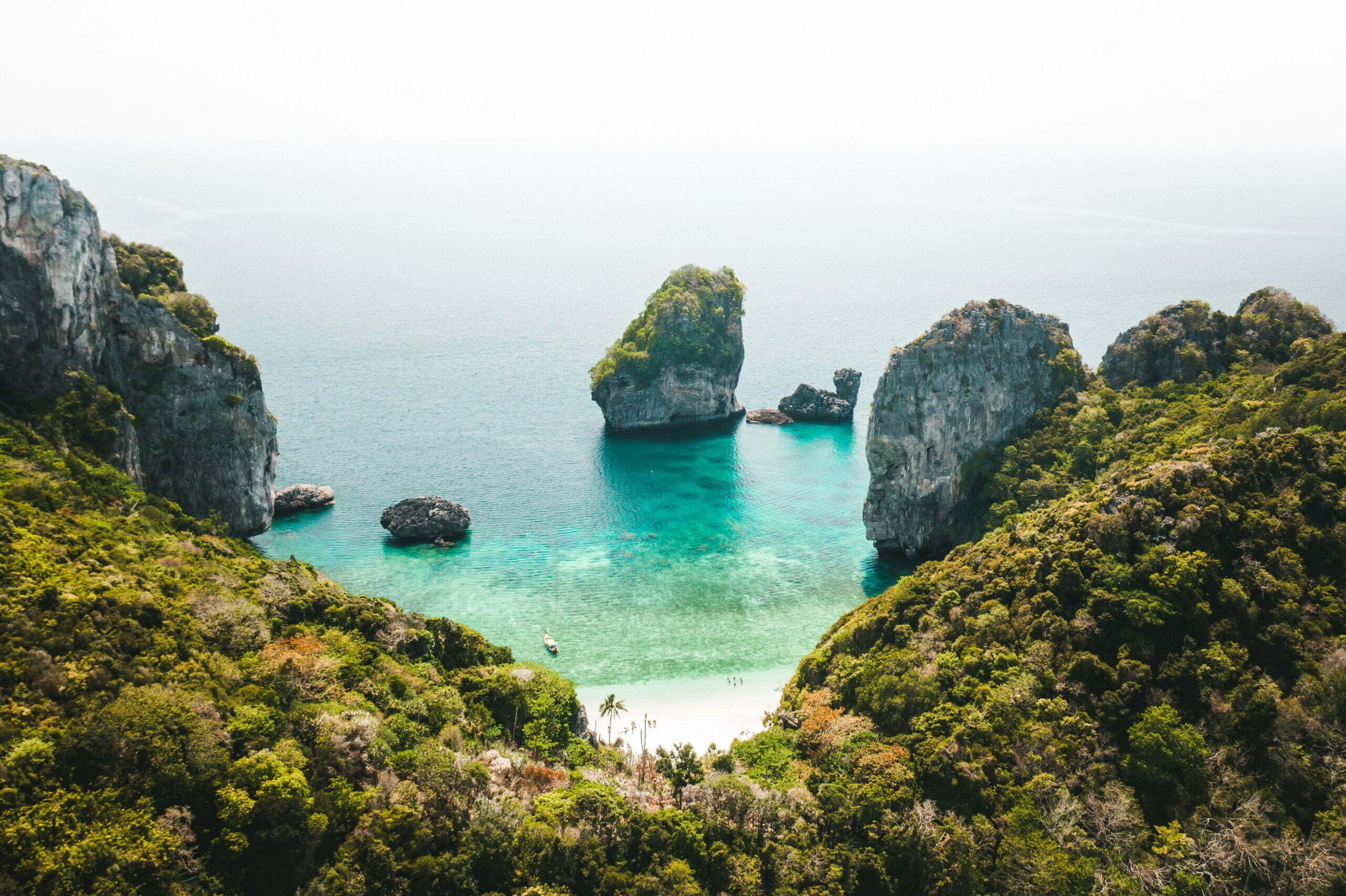
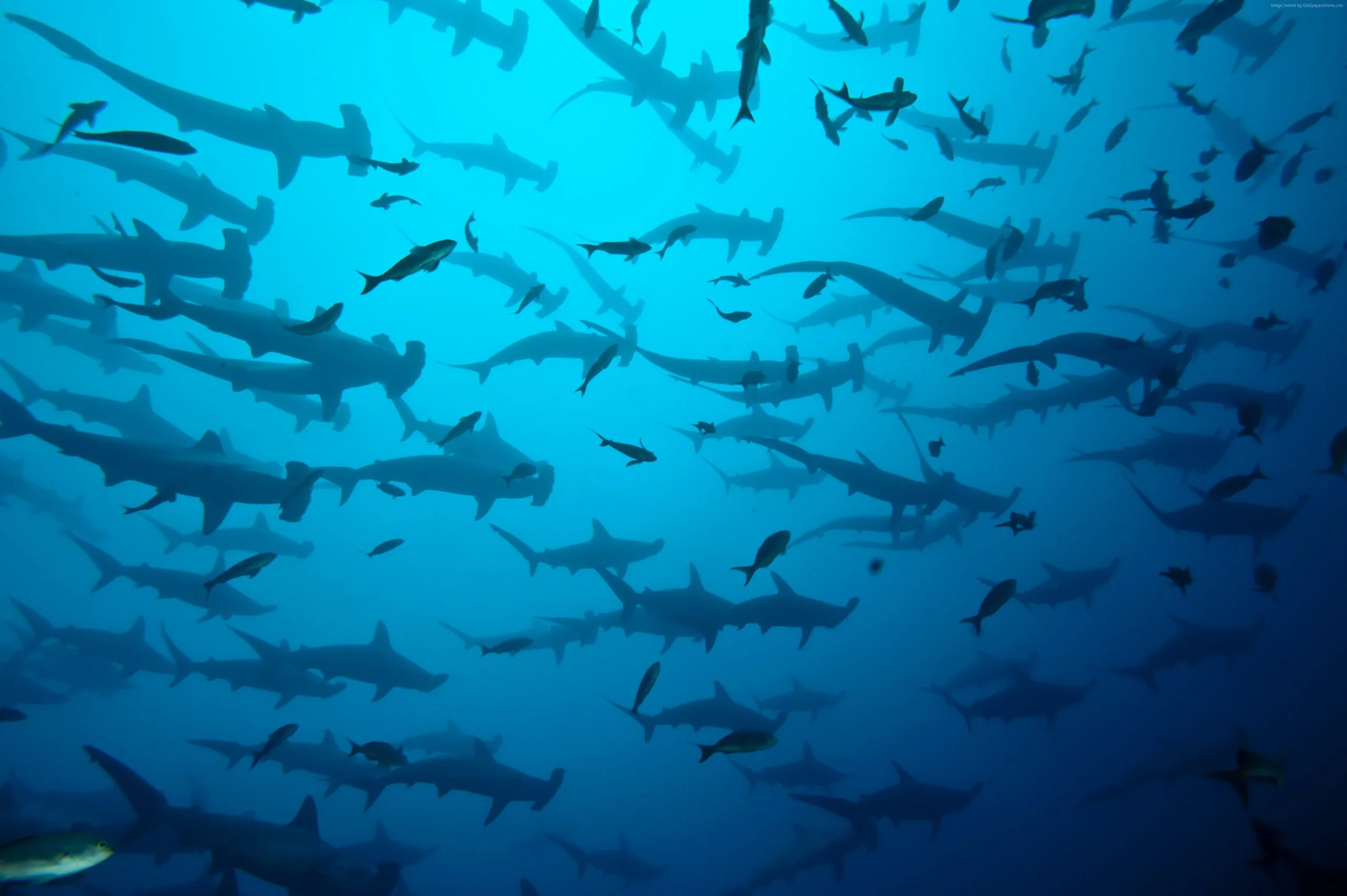



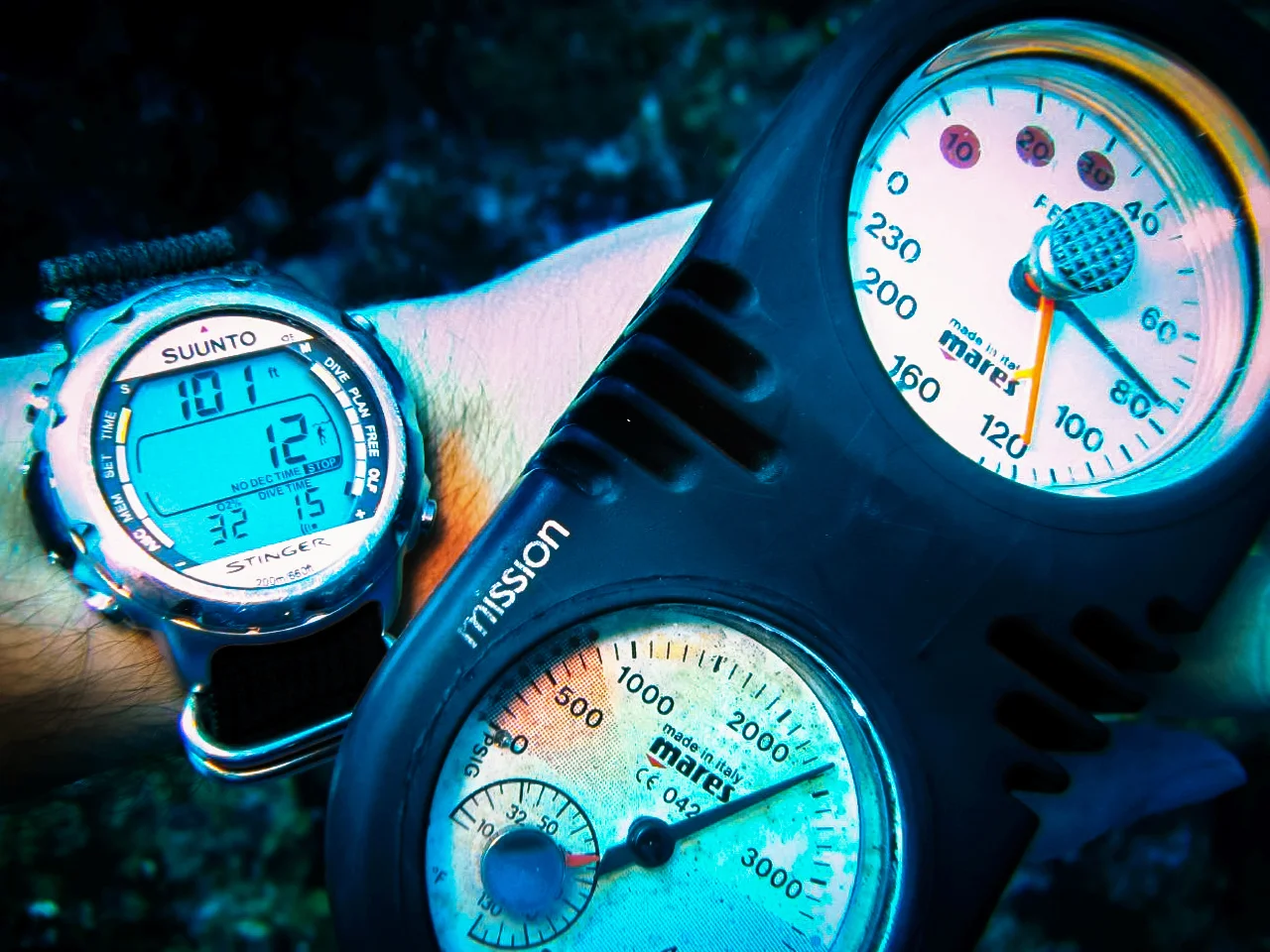
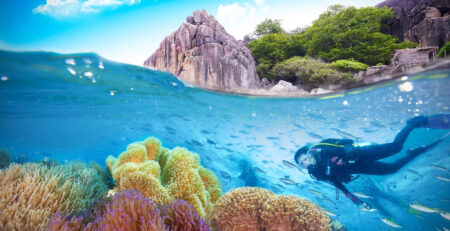

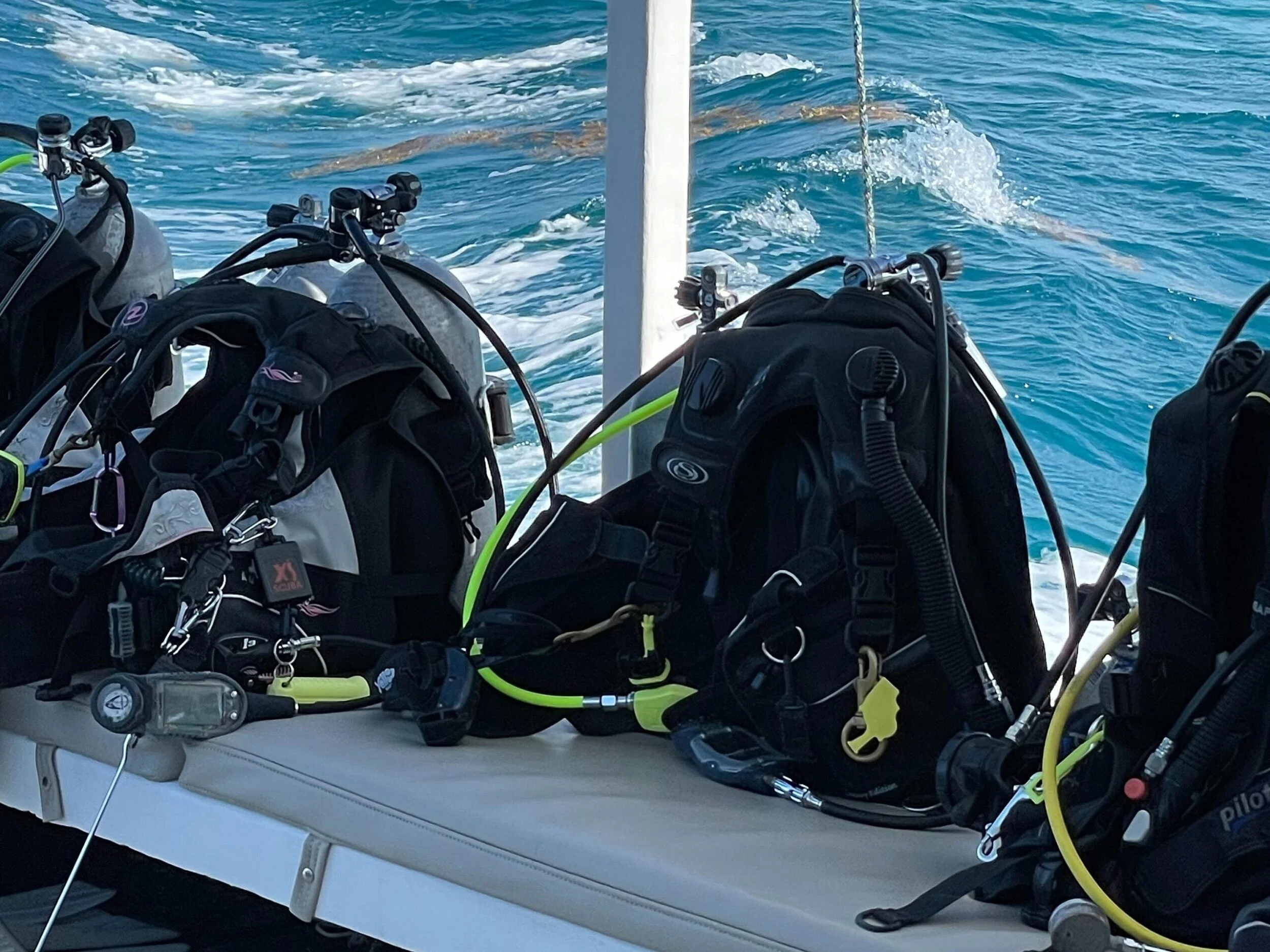


Leave a Reply